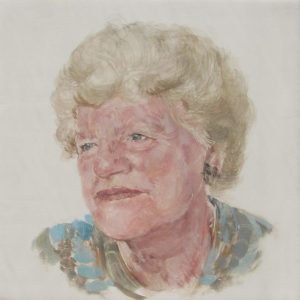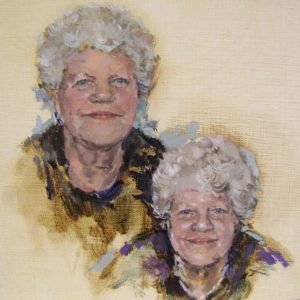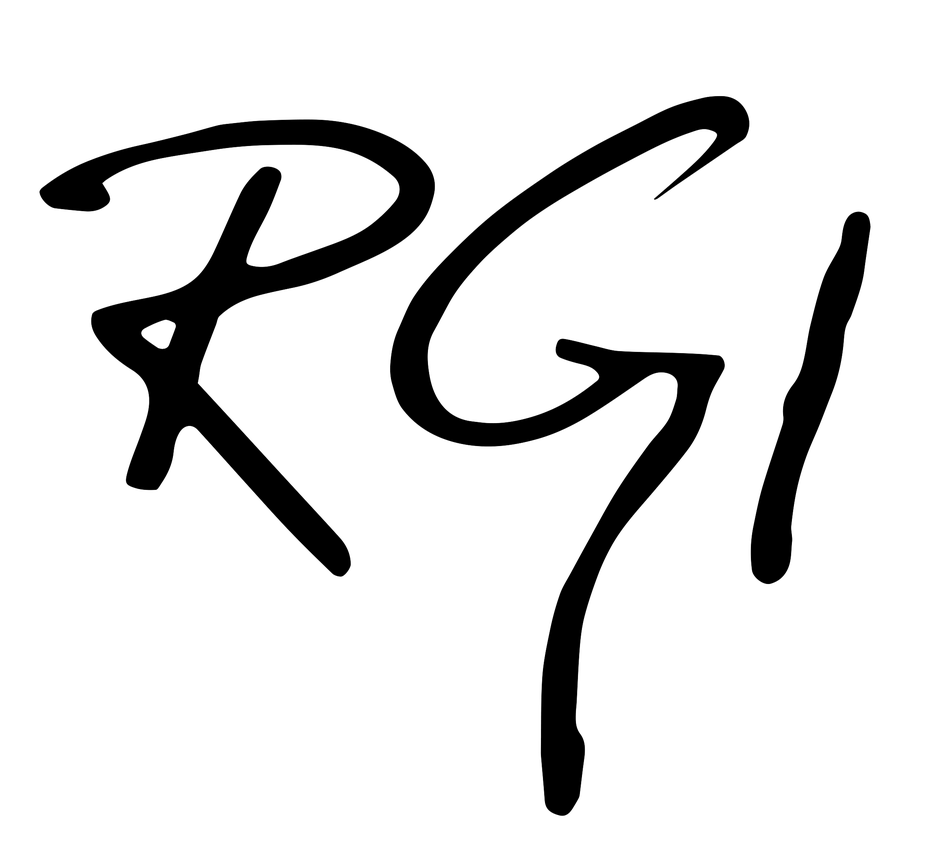 Herstory: Ruth Wishart
Herstory: Ruth Wishart
Interview: 16 December 2010
Glasgow Trongate area
Present: Ruth Wishart, Frances Robertson and Sharon Thomas
Ruth Wishart is a journalist, broadcaster and commentator with a prominent place in Scottish public and cultural life. She has a great talent for facilitating debate and action in the field of ethics, the arts and in social policy and has served as a trustee or board member for many arts organizations. Ruth went almost straight into journalism after leaving school, and has learned her trade through the constant discipline of writing for deadlines ever since.
We meet Ruth in the Trongate area of Glasgow on a chilly December morning keen to keep the sitting to a set time, as Ruth has scheduled appointments in the city all day. Muffins and hot tea provide refreshment as a long list of questions is put to Ruth, a woman who is normally sat in the position of interviewer as opposed to interviewee.
One of first subject that is prompted revolves around family and childhood. Ruth explains that her sadly her father died when she was still a teenager, which in part she certainly believes prompted a determination to start earning a living as soon as possible. After receiving an office training at Skerry’s College (a private commercial college in Glasgow), then at 13 Bath Street in Glasgow, she began hunting for ‘newspaper work’. In this period Ruth recalls the speed and discipline of the classes at this College, with a striking visual description of a typical class: we are asked to visualize: a whole roomful of aspiring typists going flat out to the strains of ‘William Tell’, then pausing in unison for a perfectly synchronized ‘carriage return!’ before resuming at breakneck speed the next line of text.
Armed with these practical skills, and the Willings Press Guide, Ruth found her first job with the Scottish Daily Record, typing up the daily TV listings. At this time Ruth recalls the respect that she had for Norman Adam: the Features Editor at the Daily Record in those days. For Ruth and other trainees at the paper, support and encouragement was appreciably received giving confidence in their developing journalist skills.
 As a woman in journalism in the 1960s and 70s, Ruth negotiated her way through the difficulties and expectations of gender. For example, while levels of pay did not appear on the surface to be a problem, for there was an apparent equality with men, however promotion was much harder to achieve as a woman. On this particular subject I ask Ruth if there are areas of journalism she regards as being female/male strongholds? Ruth answers that for herself the concept of writing for a women’s page is something that she has and actively does avoid. For Ruth these pages are over occupied with ‘fashion stuff’ and domestic subjects, in contrast to political and social issues that she is more interested in researching and reporting on.
As a woman in journalism in the 1960s and 70s, Ruth negotiated her way through the difficulties and expectations of gender. For example, while levels of pay did not appear on the surface to be a problem, for there was an apparent equality with men, however promotion was much harder to achieve as a woman. On this particular subject I ask Ruth if there are areas of journalism she regards as being female/male strongholds? Ruth answers that for herself the concept of writing for a women’s page is something that she has and actively does avoid. For Ruth these pages are over occupied with ‘fashion stuff’ and domestic subjects, in contrast to political and social issues that she is more interested in researching and reporting on.
It is no surprise then when asked which key women in the workplace that she admires that Ruth is keen to discuss the work of several well-known media female commentators. Amongst the women that Ruth underlines as women she admires are: Journalist and writer: Katherine Whitehorn, First Editor the Guardian Newspaper’s Women’s Page: Mary Stott and Feminist writer and broadcaster: Jill Tweedie. In all cases Ruth is keen to stress the serious subject matter and contemporary debate that these women directed by way of agencies such as ‘womens’ pages’, which were not the clichéd pages of old chiefly concerned with a ‘knit yourself an orgasm’ style of women’s journalism.
In respect to the subject of Feminism, Ruth has seen its different manifestations over her career in journalism. But for Ruth this attitude towards gender equality is a common sense strategy as opposed to a new idea. These beliefs were regularly celebrated during the yearly March 8 International Women’s Day parade, where Ruth would be busy making and carrying the ‘Women in Media banner’. Ruth does concede that looking at the media today, although there are many more powerful women than then, problems remain, so that for example in television older women are still invisible compared to men. It is fact that women work as producers rather than presenters after a certain age. The same wearisome issues of inequality are still unresolved, notably the ageism and beauty obsession of the visual media but even more fundamentally the lack of good quality affordable childcare to facilitate women rejoining the work force after childbirth .
Ruth is interested in all the arts, but has been developing a particular passion for the visual arts over the years, with painting being a subject increasingly capturing her imagination. I ask Ruth if there are any artists that she feels drawn to over her career working around the arts. Ruth confesses that one of her longstanding appreciations is for the art produced during the Dutch Golden Age, prompting visits to go and see the work of this period such as Vermeer(b1632-d1675) and Rembrandt (b1606- d1669). Moving forward in time Ruth has developed an interest in twentieth century abstraction: in particular the contemplative work of Mark Rothko (b1903 –d1970) and Barnett Newman (b1905-d1970). This growing respect for art practice has prompted Ruth over the years to collect pieces of art that she has felt inspired by to own. As for many people the concept of art collecting can be a rather ‘daunting’, yet this process has become easier since the purchase of the first piece of art many years back as a young journalist: Ruth tells the story of being left a small legacy of money in the Will of a good friend. Inspired by this gesture Ruth was determined to invest this gift in a meaningful acquisition, which turned out to be an appropriate symbol. The article that she bought was her very first painting, a painting that had caught her eye on a daily basis in a Scottish gallery window: a small work on canvas by artist Christine MacArthur: of an old Remington typewriter. The very object that would be the vehicle for success in Ruth’s future journalistic career.
Frances Robertson, 2011
Copyright Frances Robertson
